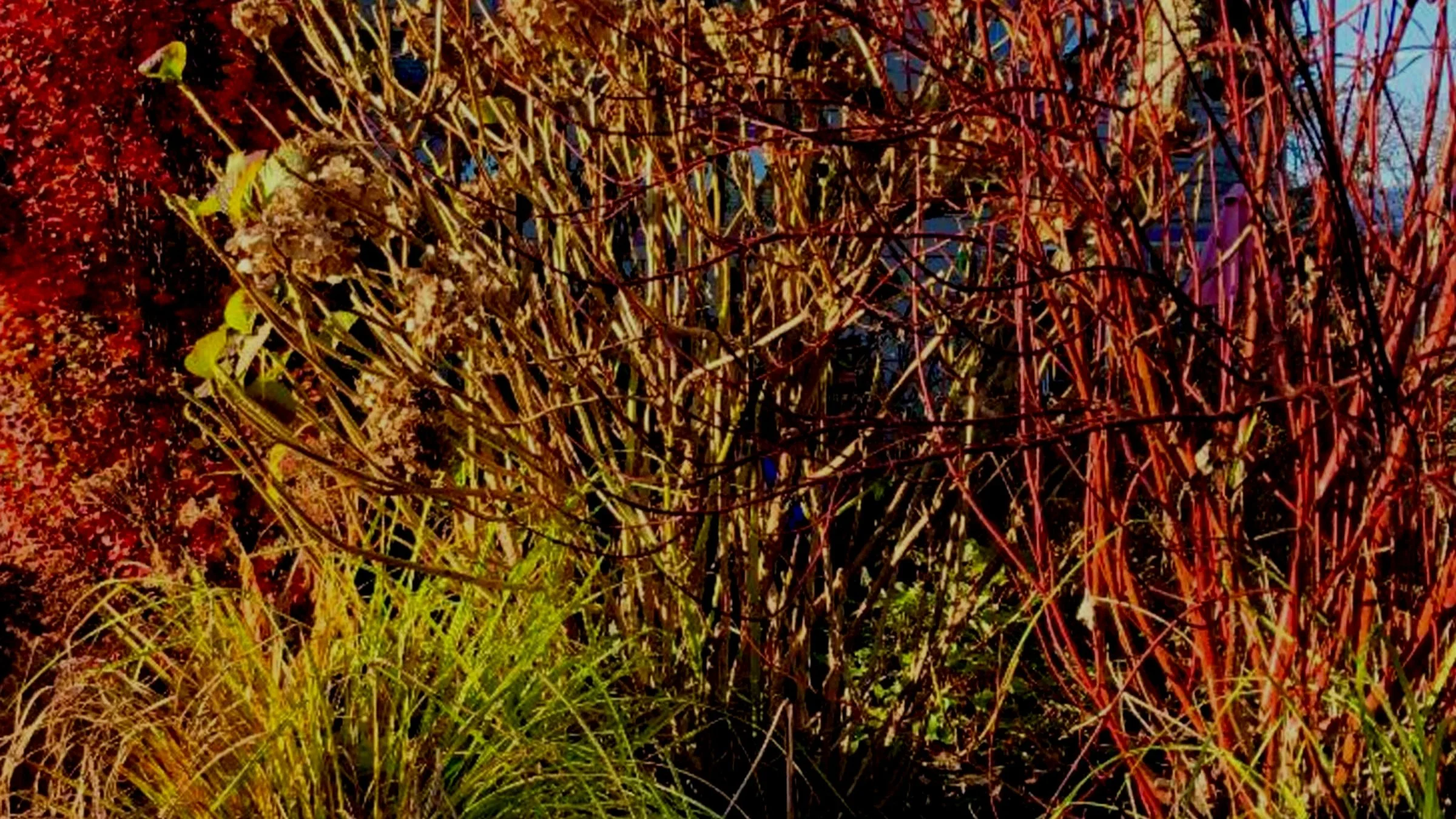Life can be stressful and the more we can do to relieve that stress the happier and healthy we can be. Nothing causes me more stress than trying to adjust to Daylight Saving Time and while I would dearly love to use this space to rant about how much I loath it the fact is that this is a gardening column so I am going to instead tell you about how stress-relieving Bonsai can be for our sleep deprived souls.
As a young child Bonsai was a word we shouted at the top of our lungs as we jumped off the edge of a “cliff”. It wasn’t until my early teens that I realized it actually had something to do with plants. In 1999 I had the opportunity to travel to China with a bunch of crazy horticulturists and one of our stops was in Suzhou where I observed Bonsai specimens that were over 500 years old. The word Bonsai, literally translated, means “planted in a container”. This art form is derived from an ancient Chinese horticultural practice called Penjing. It was then redeveloped under the influence of Japanese Zen Buddhism (this is where the stress reducing part come into play). It has been around for well over a thousand years. The ultimate goal of growing a Bonsai is to create a miniaturized but realistic representation of nature in the form of a tree or group of trees. It is this process of creativity that I find to be stress reducing. Bonsai are not genetically dwarfed plants, in fact, any tree species can be used to grow one. Techniques such as pinching buds, pruning and wiring branches, and carefully restricting but not abandoning fertilizers are all used to limit and redirect healthy growth.
Fortunately, northwesterners don’t have to travel all the way to China to see some incredible Bonsai. A short trip down Interstate 5 to Federal Way will get you to the Weyerhaeuser Pacific Rim Bonsai Collection where you can find some pretty nice specimens. There is also the Puget Sound Bonsai Association that meets at the Center for Urban Horticulture in Seattle and an Evergreen Bonsai Club that meets in Bremerton. An internet search will probably find you a few more sources where you can go see Bonsai and take classes on how to make your own.
I am inclined to think that Bonsai is 75% art and 25% horticulture. It takes a keen eye to mold and form a living material like a plant into something that looks natural only miniaturized and it doesn’t happen in one setting (which is probably why I have never truly embraced this form of gardening. I am just too impatient). However, I do happen to know a very talented lady that has been doing Bonsai for 20-30 years and she will be demonstrating her techniques and secrets here at the nursery on Saturday the 14th at 10am. Her name is Debbie Wetmore Pringle and while she is a farrier by trade and extremely active in all things equestrian she also spends he spare time working on her fabulous collection of Bonsai. She will show us how to choose containers, prune roots and shape branches, select soil mixes and water and feed Bonsai. In my book, she is a master of this art form. Please join me for this free and informative class.


